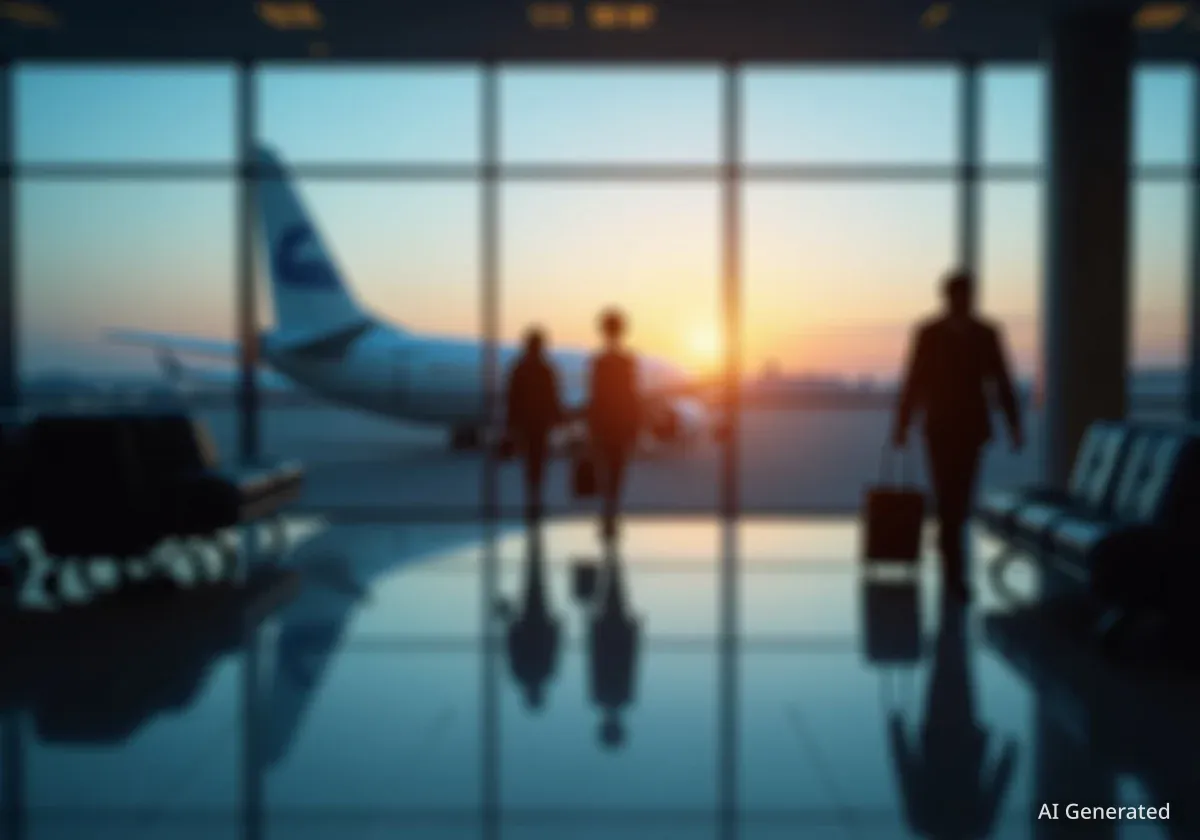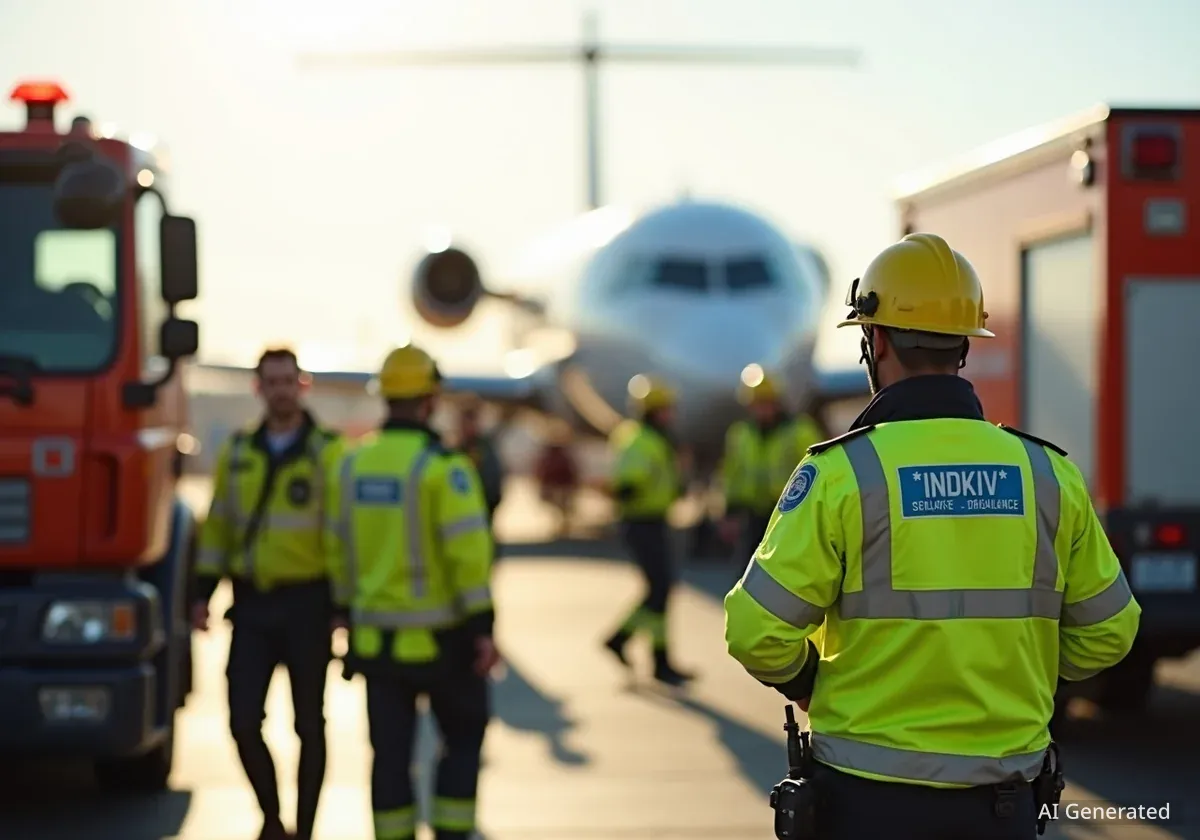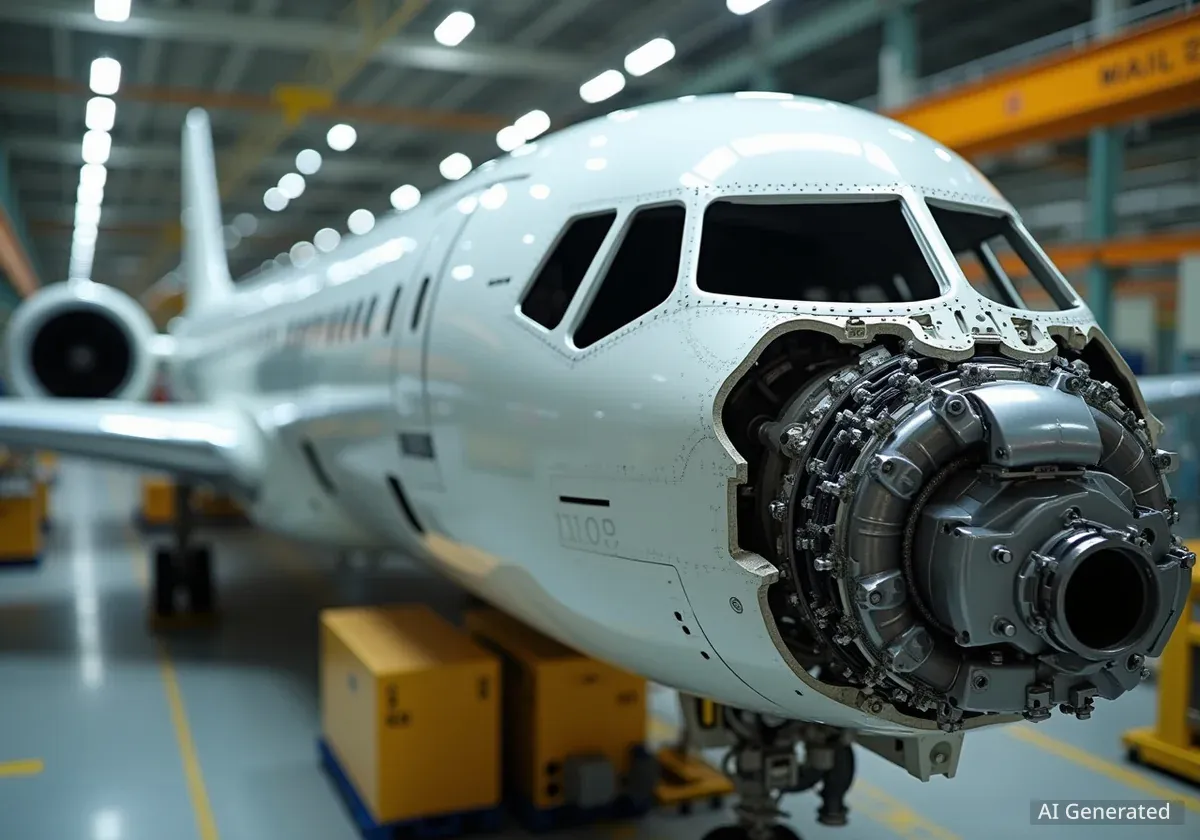Helsinki, Finland – Finnair grounded eight of its Airbus A321 aircraft on Monday, October 13, 2025, following concerns that cleaning procedures might have damaged a vital fire-retardant coating on seat covers. This action led to the cancellation of approximately 40 flights and affected an estimated 5,000 passengers.
The airline initiated urgent safety inspections at Helsinki Airport (HEL) after receiving information that water-based cleaning methods could compromise the protective layer designed to enhance fire safety in the cabin. The decision to ground the aircraft was made to ensure passenger safety.
Key Takeaways
- Finnair grounded eight Airbus A321 aircraft due to concerns about fire-retardant seat coatings.
- Water-based cleaning methods may have compromised the protective layer.
- Approximately 40 flights were canceled, affecting 5,000 passengers.
- Inspections are underway to confirm the integrity of the seat coatings.
- Aviation safety standards require fire-retardant materials in aircraft cabins.
Aircraft Grounding Details and Immediate Impact
Finnair moved quickly to suspend operations for the affected aircraft. These planes, registered as OH-LZM, OH-LZN, OH-LZO, OH-LZP, OH-LZR, OH-LZS, OH-LZT, and OH-LZU, represent more than 25% of Finnair’s short and medium-haul fleet. The airline emphasized that safety is its highest priority.
The issue arose when the seat manufacturer advised Finnair that using water on the seat covers might reduce their fire protection. Although Finnair stated it follows all manufacturer and authority maintenance instructions, the manufacturer later clarified that the effects of water cleaning on these specific fire-retardant materials had not been fully tested or verified.
Quick Facts
- Aircraft Type: Airbus A321
- Number Grounded: 8
- Date of Grounding: October 13, 2025
- Estimated Passengers Affected: 5,000
- Canceled Flights: Approximately 40
Passenger Disruption and Airline Response
The grounding directly led to significant travel disruptions. According to PYOK, around 40 flights were canceled between Monday evening and Tuesday. These aircraft typically operate about 20 flights each day, connecting Helsinki to major European cities such as Rome (FCO), Paris (CDG), and Brussels (BRU).
Finnair expressed regret for the inconvenience caused to travelers. The airline confirmed it is actively working to minimize delays and rebook affected passengers onto other flights or alternative routes where possible. Customers are advised to check their flight status for the latest updates.
"Safety remains our top priority, and we consistently follow manufacturers’ and authorities’ maintenance instructions," Finnair stated in response to the situation.
The Importance of Fire Resistance in Aircraft Cabins
The aviation industry places a high emphasis on fire safety, especially concerning cabin materials. Standards were significantly strengthened in the late 1980s following two serious cabin fires: Air Canada Flight 797 in Cincinnati and British Airtours Flight 28M in Manchester.
Historical Context of Aviation Fire Safety
Before the late 1980s, many aircraft cabin materials were highly combustible. Investigations into fatal incidents revealed that toxic smoke from burning seats and other interior components caused a large number of fatalities, often more than the flames themselves. This led to a complete overhaul of safety regulations.
These incidents highlighted the critical need for materials that can resist fire and reduce smoke production. Since then, regulations have mandated that all commercial aircraft use seat cushions and covers made from fire-retardant materials. Any concern, no matter how small, that these materials might be compromised triggers immediate safety protocols.
Regulatory Standards and Manufacturer Guidelines
Airlines must adhere to strict regulatory guidelines from aviation authorities, such as the European Union Aviation Safety Agency (EASA) and the Federal Aviation Administration (FAA) in the United States. These regulations cover everything from aircraft design to maintenance procedures.
- Material Certification: All cabin materials, including seat covers, must meet stringent fire resistance tests before being approved for use.
- Maintenance Protocols: Airlines must follow specific cleaning and maintenance instructions provided by aircraft and component manufacturers to ensure materials retain their certified properties.
- Safety Inspections: Regular inspections are mandatory to verify the integrity of safety features, including fire-retardant coatings.
Finnair's decision to ground the aircraft demonstrates its commitment to these standards. Even a potential, unverified risk to fire protection is treated with extreme caution to protect passengers and crew.
Path Forward for Finnair
The immediate next step for Finnair involves detailed inspections of each of the eight grounded Airbus A321s. These inspections aim to determine if the fire-retardant coating on the seat covers has indeed been weakened by the water-based cleaning process.
The airline is working closely with the seat manufacturer and aviation authorities throughout this assessment. The goal is to confirm the integrity of the protective coating and ensure all safety certifications remain valid.
Potential Outcomes
There are several possible outcomes for Finnair:
- No Damage Confirmed: If inspections reveal no damage to the fire-retardant coating, the aircraft could return to service relatively quickly. This would minimize further disruption and costs.
- Minor Damage, Remediation Possible: If minor damage is found, Finnair might be able to apply a new protective layer or implement a less extensive repair, allowing the planes to return to operation after a brief period.
- Significant Damage, Material Replacement: In the worst-case scenario, if the coating is significantly compromised, Finnair may need to replace the seat materials across all affected aircraft. This would be a costly and time-consuming process, leading to longer groundings and further flight cancellations.
The situation highlights the complex nature of aircraft maintenance and the strict safety protocols airlines must follow. Finnair's transparent and proactive approach is in line with industry best practices when faced with potential safety concerns. The airline will continue to provide updates as the inspections progress and a clearer picture emerges regarding the long-term impact on its fleet.





